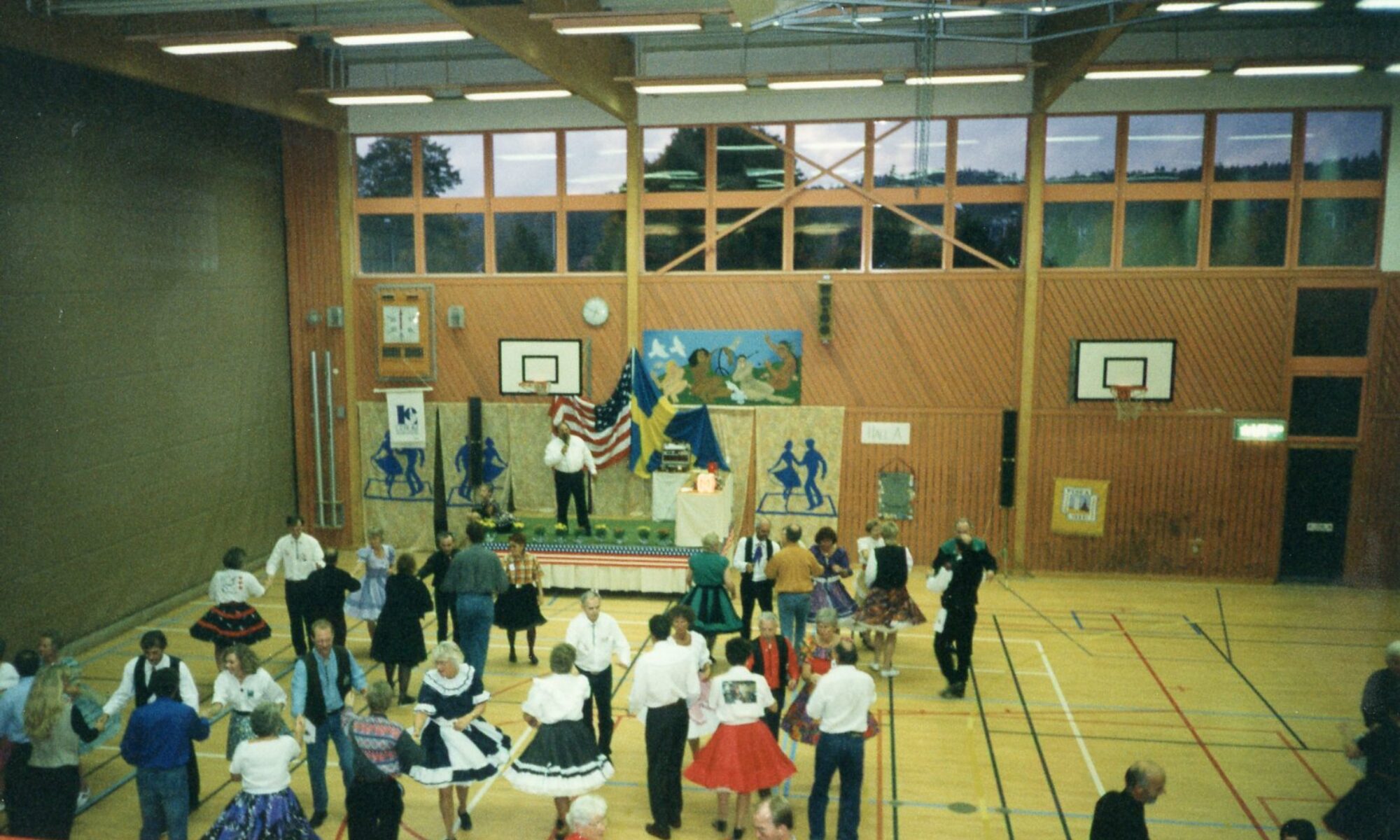Proof indicates people that recognize as lesbian, gay, bisexual and/or transgender (LGBT) are specifically at risk of socioeconomic disadvantages. Therefore, SES was inherently associated with the legal rights, lifestyle and basic wellbeing of LGBT persons.
Variations in money
Prior studies show that LGBT anyone and same-sex/gender partners are more vulnerable to problems of impoverishment in comparison with heterosexual folk and couples (Badgett, Durso, & Schneebaum, 2013; Grant et al., 2011).
- Low-income LGBT people and same-sex/gender lovers have been discovered almost certainly going to obtain profit services and meals stamps benefits in comparison to heterosexual people or lovers.
- Among lady 18-44 years of age, 29 % of bisexual female and 23 percent of lesbians you live in poverty, compared to 21 % of their heterosexual competitors.
- 20 percent of homosexual boys and 25 % of bisexual males 18-44 years of age you live at or below the federal level of impoverishment, when compared with 15 per cent of heterosexual guys.
- A study of transgender people in america found that players comprise almost 4 times more likely to have actually a household income of below $10,000 annually set alongside the basic population.
Raising the national minimum-wage would gain LGBT individuals and couples in the United States. Studies show that a boost in minimal wage would decrease the poverty rates by 25 % for same-sex/gender female couples and 30 percent for same-sex/gender male people. Poverty rate would be projected to fall for the most vulnerable people in same-sex/gender couples, such as African-Americans, people with girls and boys, individuals with disabilities, individuals under 24 years of age, someone without high school diplomas or perhaps the equivalent, and people staying in outlying places (Badgett & Schneebaum, 2014).
An individual’s socioeconomic place can be associated with experience of discrimination. Research has revealed that homosexual and bisexual men whom acquired larger Bisexual dating site incomes were notably less prone to submit discrimination compared to the ones from decreased socioeconomic place. Attributing discrimination to one’s socioeconomic situation was also pertaining to greater depressive discomfort and anxiety scores (Gamarel, Reisner, Parsons, & Golub, 2012).
Most of the time, discrimination against and unfair treatment of LGBT individuals remains legitimately allowed. The U.S. appropriate program cannot stop discrimination based on sexual orientation and sex identification in lot of states, including workplace discrimination. Discrimination against LGBT people on the job is a significant factor in socioeconomic variations for LGBT individuals (McGarrity, 2014).
- Studies have shown that 42 per cent to 68 percent of LGBT people submit having occupations discrimination (Badgett, 2012; Fassinger, 2007).
- Within one study, 90 percent of surveyed transgender respondents reported having harassment, mistreatment or discrimination working because of the gender identity (Grant et al., 2011).
- 47 % of transgender people also reported becoming discriminated against in hiring, firing, and advertisement; over 25 percent reported that they had forgotten a position considering discrimination based on their own sex character (give et al., 2011).
Marginalization of LGBT Youthfulness
Too little recognition and concern with persecution can lead many LGBT childhood to depart their houses and live in transitional casing or about roads. A lot of LGBT youthfulness are often declined by their loved ones of beginning or caregivers and obligated to allow the house as minors. The outcomes of young people homelessness have many effects for any socioeconomic status of LGBT teens. Researches on LGBT youngsters reveal the immediate following:
- LGBT teens experiences homelessness at a disproportionate rate. Research suggest that between 11 percent and 45 per cent of all of the homeless youthfulness diagnose as LGBT (Durso & Gates, 2012; Gattis, 2009; Wells, 2009).
- LGBT homeless youthfulness are more probably than their unique homeless heterosexual competitors to have poorer mental and physical wellness results, such as significant depressive disorder, PTSD and substance abuse (Keuroghlian, Shtasel, & Bassuk, 2014). Getting homeless is connected with potential depressive and stress and anxiety disorders, disorderly run and material utilize problems, which demonstrates the long-term effect of erratic homes on LGBT homeless young people (Rosario, Scrimshaw, & Hunter, 2012).
- LGBT homeless teens become 62 per cent prone to attempt suicide than her heterosexual alternatives, and they’re at better threat for intimate punishment, exploitation, intimate assault and substance abuse (National Alliance to get rid of Homelessness, 2009).
- The 3 most common factors reported among LGBT young people for getting homeless become (a) operating from family whom deny them for their intimate orientation or gender character; (b) being forced from their households after exposing their unique identities; and (c) aging regarding or running away from the foster practices program therefore the feasible assault toward LGBT youthfulness that can happen truth be told there (Keuroghlian et al., 2014).
